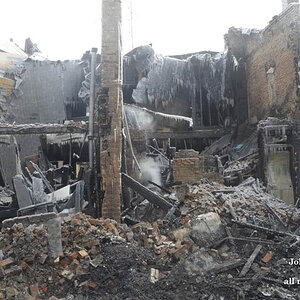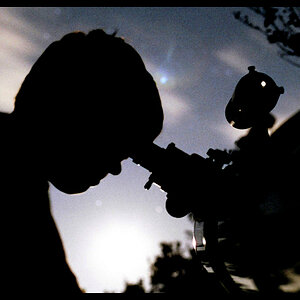- Joined
- Mar 24, 2013
- Messages
- 8,797
- Reaction score
- 4,893
- Location
- Connecticut
- Can others edit my Photos
- Photos NOT OK to edit
I found this, wow what a awesome blog.Man what a read.umm. that sucks. tilted, someones shoulder in it. Refs azz. looks like a snap shot. LMAOOne of my favorite football shots of all time is a sideline wide-angle view, showing ALL 22 players in ONE single frame!!! Garry Winogrand shot it.
10aa33acf2bcf380f4b69dc82fc9eeba.jpg
But dude, it was shot by a famous Leica shooter...a man so famous that after his death, one of his Leicas later sold for over $200,000 at auction (not kidding...seriously, it did!)
10 Things Garry Winogrand Can Teach You About Street Photography






![[No title]](/data/xfmg/thumbnail/39/39478-0db485f4efaffd784bfa5cc75ff7502f.jpg?1619739046)
![[No title]](/data/xfmg/thumbnail/31/31091-00a77a1c08cddcf7dc236d9317f868d2.jpg?1619734607)
![[No title]](/data/xfmg/thumbnail/39/39476-6e232ea205145ad1a1da0690d7617642.jpg?1619739045)
![[No title]](/data/xfmg/thumbnail/31/31747-2e2e2bda16938a6a1d5fd6120c558293.jpg?1619734987)
![[No title]](/data/xfmg/thumbnail/31/31094-f975d7e61424996edc28cec3b9dd70a8.jpg?1619734611)

![[No title]](/data/xfmg/thumbnail/31/31744-f06a1a9bb9c74e3b8b332878f5fe71f1.jpg?1619734986)
![[No title]](/data/xfmg/thumbnail/33/33359-a5cf76b8e843e82b3831650af6dfa6b3.jpg?1619735923)